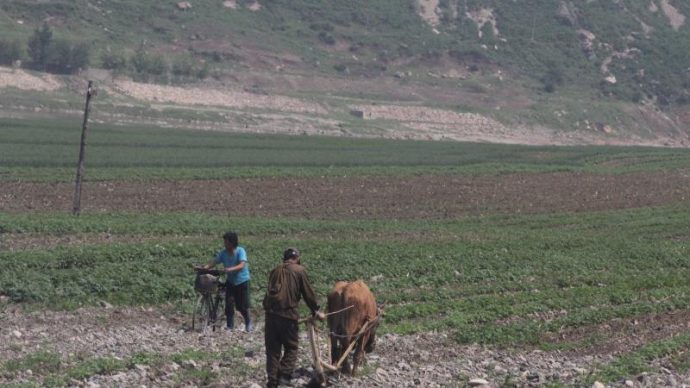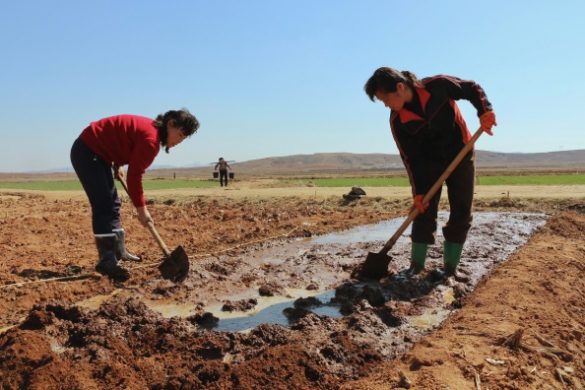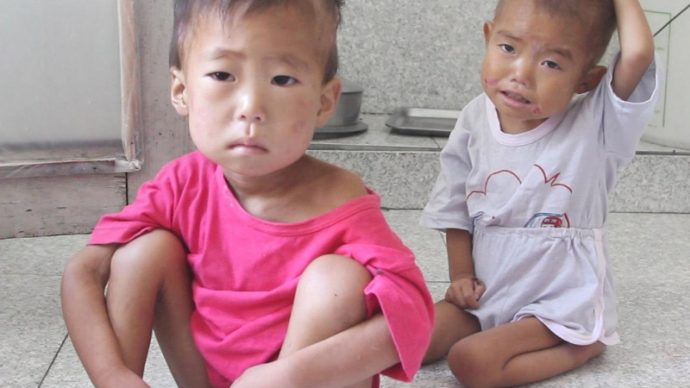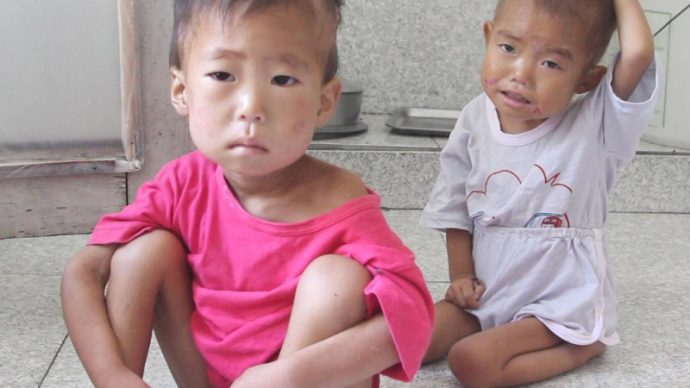At least 140,000 people are now estimated to be in urgent need of humanitarian assistance following the floods that struck 14 days ago in the Democratic People’s Republic of Korea (DPRK) causing widespread devastation across the province of North Hamgyong in the north east of the country.
The government has confirmed that 133 people have been killed and another 395 people remain missing as a result of the floods which displaced over 100,000 people from their homes. More than 35,000 houses have been damaged out of which 24,000 have been totally destroyed.
Some areas remain inaccessible
The floods were triggered by heavy rains at the end of August caused by Typhoon Lionrock which collided with another low pressure weather system over neighbouring China.
Some areas of North Hamgyong Province experienced 300 mm of rainfall in the course of two days and areas along the flooded Tumen River, are most acutely impacted including Musan and Yonsa counties as well as Hoeryong City.
Some affected areas however, particularly in Musan and Yonsa, remain inaccessible and with limited communications operating, the full extent of the disaster is still emerging as rescue teams make repairs to damaged roads and other infrastructure to reach areas that have been cut off.
Disruptions to water supply
Chris Staines, Head of Delegation with the International Federation of Red Cross and Red Crescent Societies (IFRC) in DPRK, recently returned from a joint Government-led needs assessment to North Hamgyong Province, which included UN agencies, DPRK Red Cross, IFRC and international NGOs.
Between 6-9 September the assessment team visited some of the most affected areas, including Hoeryong City and surrounding villages. Apart from the urgent needs for shelter, safe water, food and health care to the displaced people, the floods also left at least 104,000 people in Hoeryong City with no access to safe drinking water and an estimated 600,000 people in more than six counties have been affected by disruptions to water supply systems.
Around 16,000 hectares of arable land have been inundated and the local maize and rice crops were only a few weeks from harvest. Their loss is another disaster that will be felt in the coming weeks and months.
“From what we saw, it is clear that this is a very major and complex disaster. So much of the Hamgyong Province's institutional capacity in health delivery, water supply and sanitation has been directly affected,” said Staines.
“In some villages that we visited on the outskirts of Hoeryong City, there was barely a building left unscathed. The floods came through with such force, they destroyed everything in their path. People were salvaging whatever possessions they could from piles of debris that used to be their homes.”
“People displaced from the floods are now in a very difficult situation and there are real risks of secondary disasters, particularly relating to people’s health.”
More than 1,000 Red Cross volunteers deployed
Based on assessments so far, food, shelter, medical care and the supply of clean water and sanitation are the most urgent humanitarian needs. The Government of DPRK is working to clear roads to improve access to affected areas and working to re-establish communication links with still isolated communities as well as distributing relief goods.
In the immediate aftermath of the flooding, more than 1,000 DPRK Red Cross volunteers supported local authorities in search and rescue efforts and they also provided first aid services. Red Cross assessment teams are now deployed across North Hamgyong and emergency relief supplies were released from the Red Cross regional disaster preparedness stocks in South Hamgyong and Pyongyang.
The relief supplies are sufficient for 20,000 people and include essential items such as tarpaulins, tents and tools to make emergency shelters, kitchen sets, plastic water containers with water purification tablets and personal hygiene items.
Thousands of homes need re-building
“The spirit of support for those who have suffered through this disaster is very strong,” said Staines. “There is a lot to do. Access to many areas remains a challenge and we still don't know the full situation in Yonsa County which is feared to be one of the most severely affected areas. Thousands of homes will need to be rebuilt in a short time-frame as winter is quickly approaching. By the end of October overnight temperatures can plummet to sub-zero and in winter minus 30 degrees is common.”














